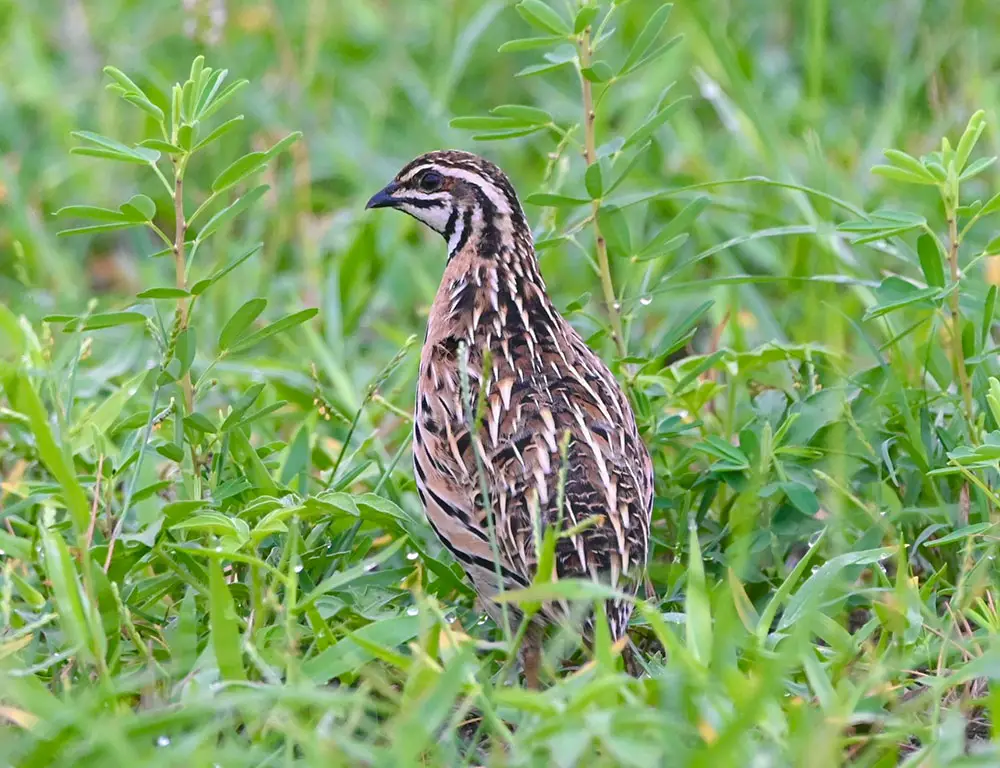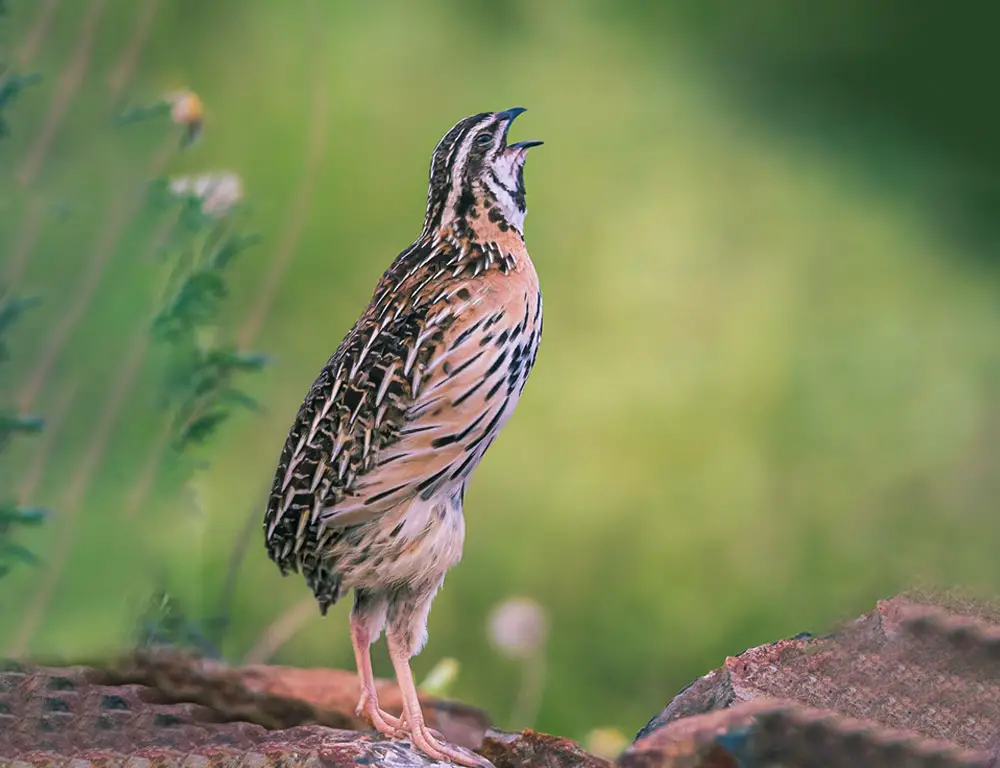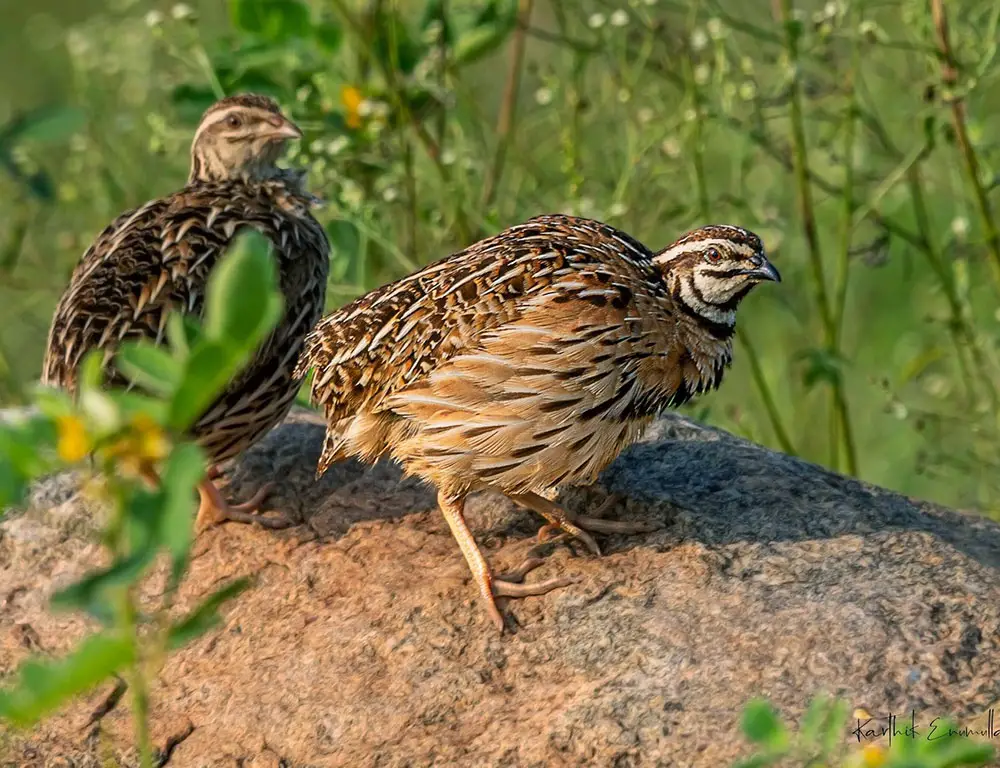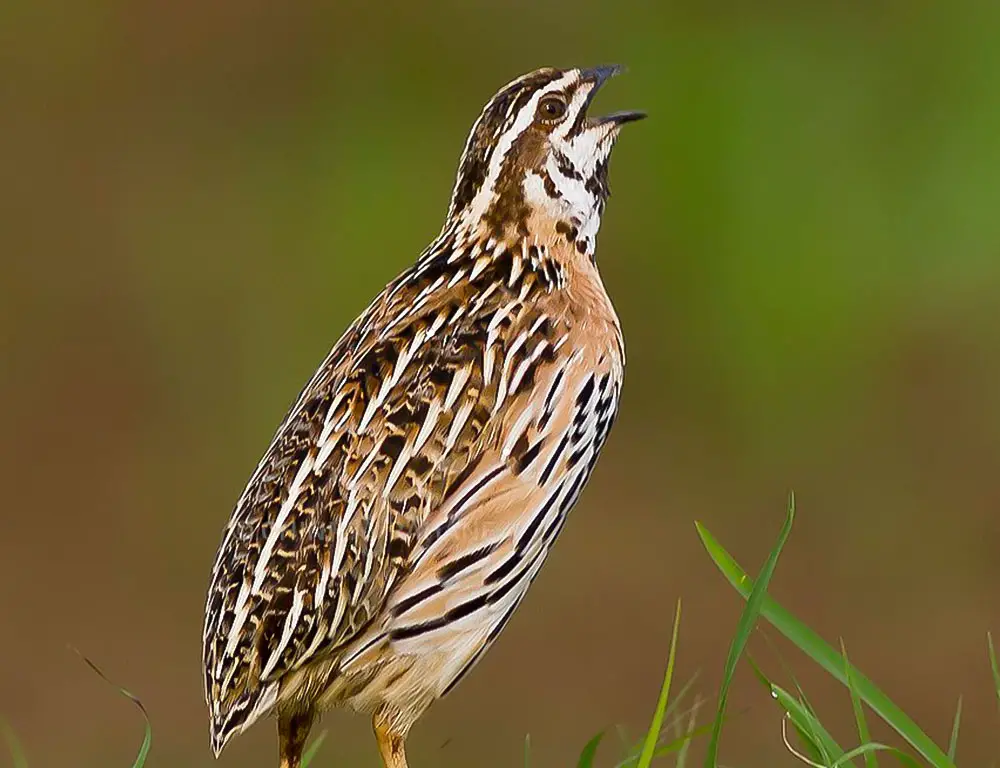When we talk about birds, we often think of those commonly spotted in our backyards or parks. But there’s a world of feathered creatures with unique characteristics and habitats.
One such bird is the Rain Quail, which deserves our attention.
The Rain Quail, scientifically known as Coturnix coromandelica, is a fascinating creature with its distinct call and behavior. These birds are primarily found in certain parts of Asia, making them an exotic species to many around the globe.
Their intriguing lifestyle and survival tactics have made them a subject of interest for birdwatchers and nature enthusiasts alike.
Understanding the Rain Quail’s habitat preferences, feeding habits, breeding patterns, and more can provide valuable insights into this lesser-known avian species.
By delving into these areas, I’ll be shedding light on why the Rain Quail isn’t just another bird – an example of nature’s remarkable diversity.
Characteristics of Rain Quail

The Rain Quail (Coturnix coromandelica) possesses several captivating characteristics that distinguish it as a fascinating species. Let’s summarize:
Size and Weight
Rain Quails are relatively small birds, with an average length ranging from 6 to 7 inches and a weight of around 2 to 3 ounces. Despite their petite stature, their colorful plumage ensures they stand out in their environment.
Sexual Dimorphism
Males and females of Rain Quails exhibit sexual dimorphism. Males typically have a blue-grey chest with two black bands running down their belly, while females sport a more camouflaged appearance with speckled brown feathers, aiding in blending into grassland habitats.
Vocalizations
Rain Quails are known for their distinct vocalizations, particularly during the breeding season. Males emit a repetitive whistle-like call, often described as ‘whit-whit’, which serves as a means of communication and territorial display.
Ground-Dwelling Lifestyle
Unlike many bird species that nest high up in trees, Rain Quails prefer a ground-dwelling lifestyle. They construct their nests among tall grasses or within crop fields, demonstrating their adaptation to terrestrial habitats.
Diet
Rain Quails are omnivorous, consuming a variety of plant matter and insects. Their diet includes seeds, berries, beetles, and worms, showcasing their versatility in foraging habits.
Habitat and Distribution of the Rain Quail

The Rain Quail, scientifically known as Coturnix coromandelica, is a fascinating bird species with a notable habitat and distribution across the Indian subcontinent and Southeast Asia.
Habitat
Rain Quails prefer open country habitats such as grasslands, farmlands, and scrub forests. These environments provide them with the necessary cover and resources for nesting, foraging, and blending in with their surroundings.
They are commonly found in areas with crops like wheat, millet, and other cereals, where they can easily camouflage themselves amidst the vegetation.
As ground-dwelling birds, they spend most of their time on the ground and are rarely seen flying unless disturbed or alarmed.
Distribution
The geographical distribution of Rain Quails spans across various regions in Asia, including:
- India: In India, Rain Quails are primarily found in Central India, but they also extend their range to other parts of the country. They can be observed in regions ranging from Rajasthan in the west to West Bengal in the east and southward to Tamil Nadu.
- Southeast Asia: Countries like Cambodia, Laos, and Vietnam host significant populations of rainforest quails. These birds have established themselves in suitable Southeast Asian habitats, contributing to the region’s biodiversity.
Migration Patterns
An exciting aspect of Rain Quails is their migratory behavior during the monsoon season, which gives them their name. They exhibit local migrations based on rainfall patterns.
This adaptive behavior allows them to optimize their chances of survival by seeking suitable habitats and resources per changing environmental conditions.
Conservation Status
Despite their widespread distribution, the population of Rain Quails is facing threats, primarily due to habitat loss resulting from intensive agriculture and urbanization. The decline in suitable habitats poses a significant challenge to the survival of this species.
Conservation efforts aimed at preserving their habitats and raising awareness about the importance of biodiversity conservation are crucial for the long-term survival of Rain Quails and other wildlife species.
Feeding Behavior of Rain Quails

The feeding behavior you’ve described regarding Rain Quails is fascinating and showcases these small birds’ adaptability and resourcefulness.
Let’s summarize some key points:
Diet Composition
Rain Quails are predominantly granivorous, meaning they primarily feed on seeds. They particularly favor the seeds of grasses and other small plants. However, they also supplement their diet with insects, especially during breeding.
Feeding Technique
Instead of haphazardly pecking at food, Rain Quails exhibit a systematic approach to feeding. They use their beaks to sift through foliage, leaves, and dirt in search of hidden morsels, showcasing their resourcefulness in securing their meals.
Feeding Frequency
Rain Quails typically feed twice a day, once in the early morning and again late in the afternoon or early evening before dusk.
This feeding pattern allows them to avoid the intense midday heat while taking advantage of cooler temperatures when food sources may be more abundant.
Environmental Adaptations
Their feeding behavior seems adapted to their environment, allowing them to efficiently locate and consume food while minimizing exposure to harsh environmental conditions.
Conservation Efforts for Rain Quails

Despite its “Least Concern” status on the IUCN Red List, conservation efforts for the Rain Quail are essential to ensure this species’s long-term survival.
Here’s an overview of some key initiatives:
Habitat Preservation
Loss of habitat due to agricultural expansion and urbanization is a significant threat to Rain Quail populations. Conservation organizations like BirdLife International conduct surveys and work with local communities to preserve indigenous habitats.
Implementing sustainable farming practices helps maintain biodiversity while supporting the livelihoods of communities.
Captive Breeding Programs
Successful captive breeding programs in countries like India and Thailand aim to boost wild populations by reintroducing healthy individuals into their native habitats. These programs are crucial in supplementing wild populations and preventing further decline.
Research and Monitoring
Continued research and monitoring are vital for understanding population trends, identifying threats, and developing effective conservation strategies.
Close monitoring helps conservationists adapt approaches to address emerging challenges Rain Quail populations face.
Community Engagement
Engaging local communities in conservation efforts fosters a sense of stewardship and encourages sustainable practices. Collaborating with communities ensures that conservation initiatives are culturally sensitive, economically viable, and socially inclusive.
Individual Contributions
Individuals can also contribute to Rain Quail conservation by supporting conservation organizations financially, advocating for habitat protection, and making environmentally conscious choices in their daily lives.
Small actions collectively make a significant impact in safeguarding biodiversity.
Conclusion
Having taken a deep dive into the world of the Rain Quail, I’ve gathered an immense appreciation for this fascinating bird. It’s not just another avian family member; it’s a testament to nature’s creativity and resilience.
Rain Quails are small but mighty, thriving in grasslands across Asia and holding their own despite habitat loss. Their unique calls, often mistaken for insects or frogs, add an unexpected layer of intrigue to these birds.
Their breeding habits are noteworthy, too. With males taking on nesting responsibilities, we see a departure from what is traditionally expected in bird behavior. This role shift reminds us that nature doesn’t always conform to our expectations — it simply does what works best for survival.
Now let’s talk about their appearance – small size with distinctive black breast patches on males and scalloped dark upperparts make them easily recognizable.
These birds have managed to keep their species alive and thriving using their camouflaging skills, which help them blend seamlessly into their surroundings.
It’s clear that Rain Quails are more than just pretty feathers – they’re survivors, adaptors, and essential members of our ecosystem.
- Small but mighty
- Unique calls
- Males take care of nests
- Distinctive appearance
- Excellent at camouflage
My exploration into the life of the Rain Quail has been enlightening. The more we understand these creatures, the better we can appreciate them and work towards preserving their habitats for future generations.
So next time you’re out on a walk and hear an unusual call echoing from the grasslands…you may be lucky enough to spot a Rain Quail!